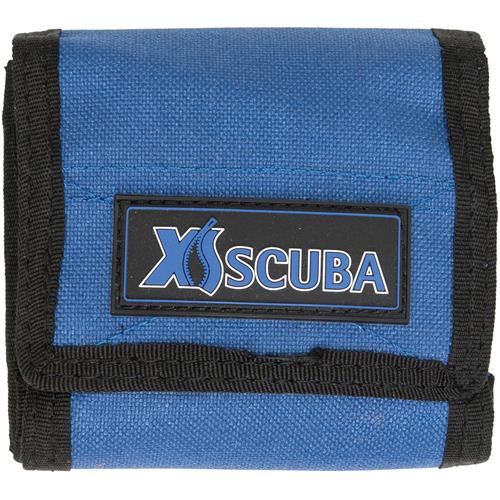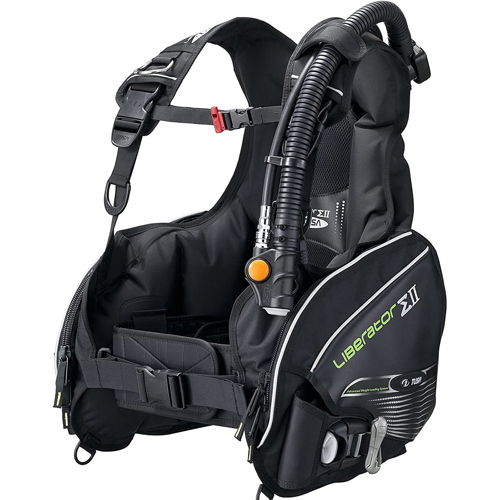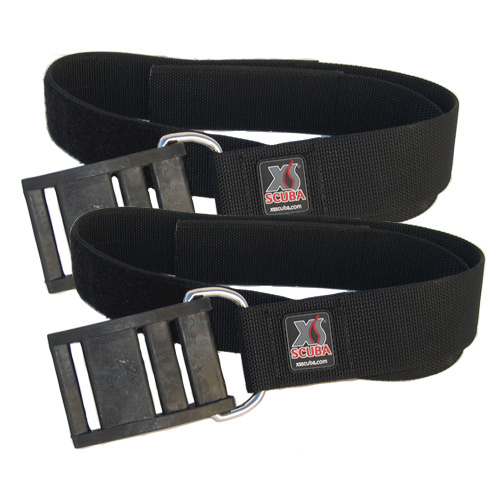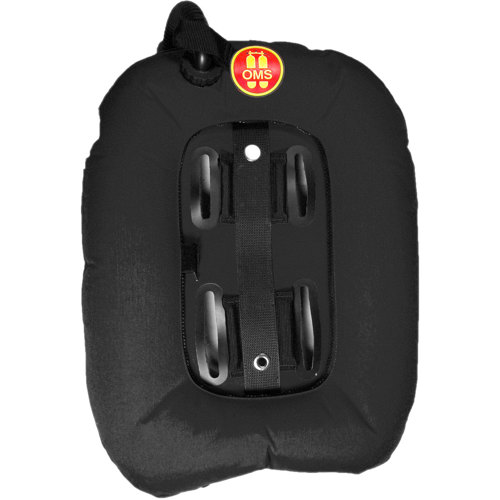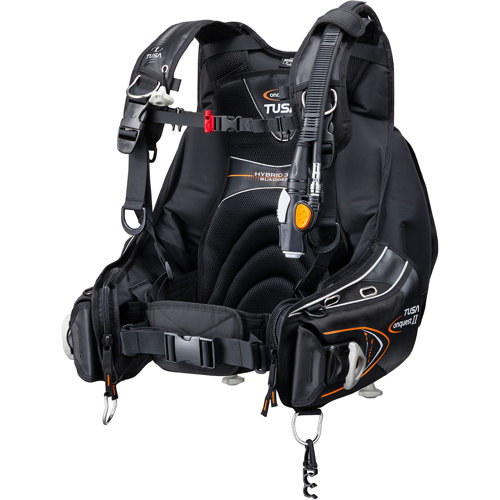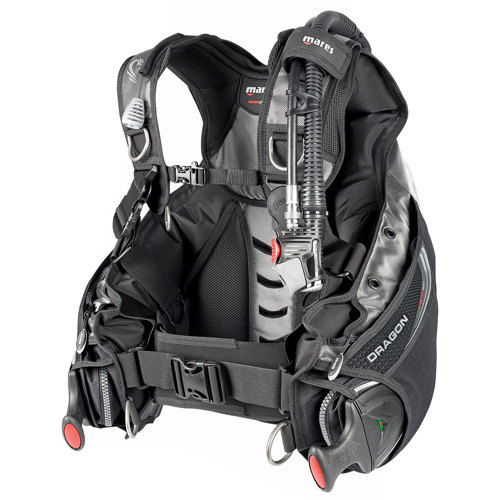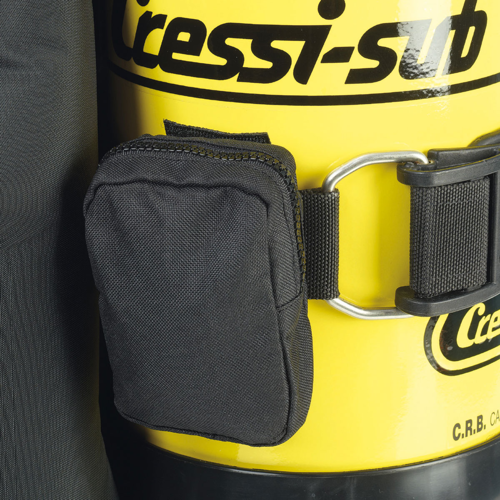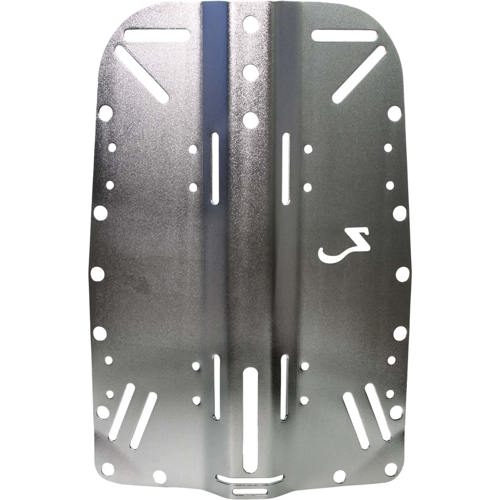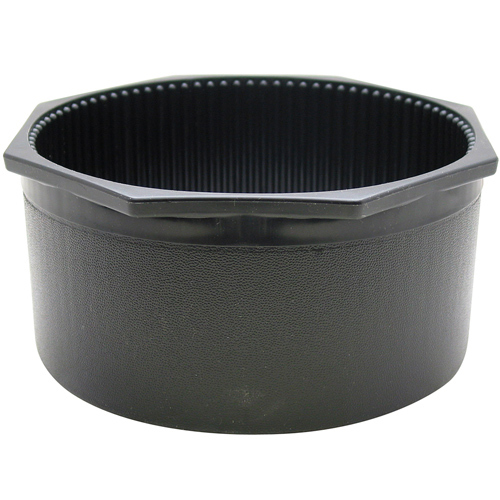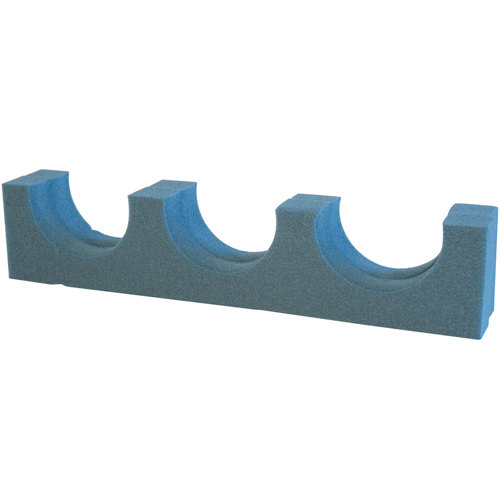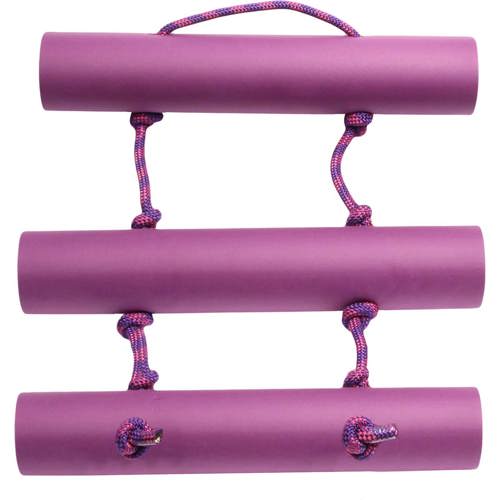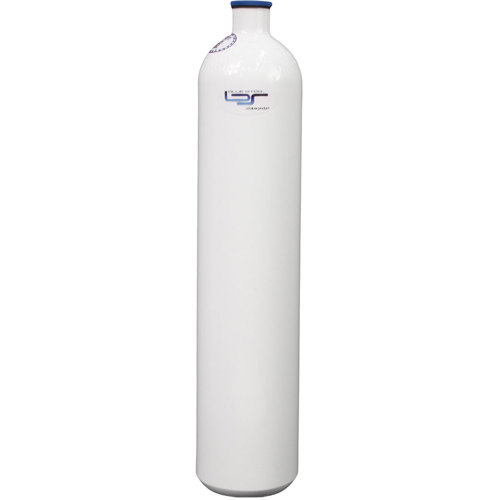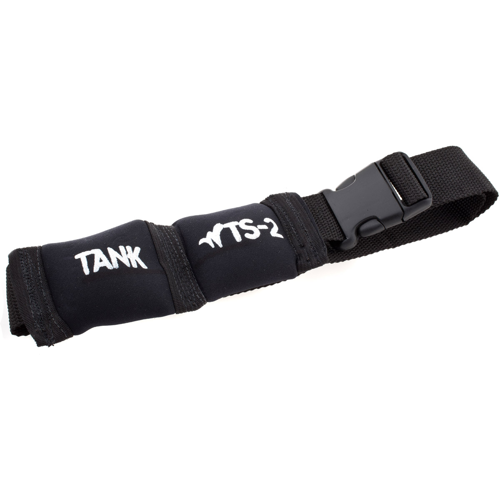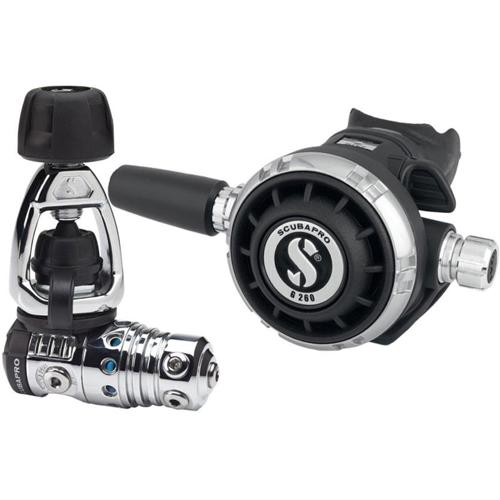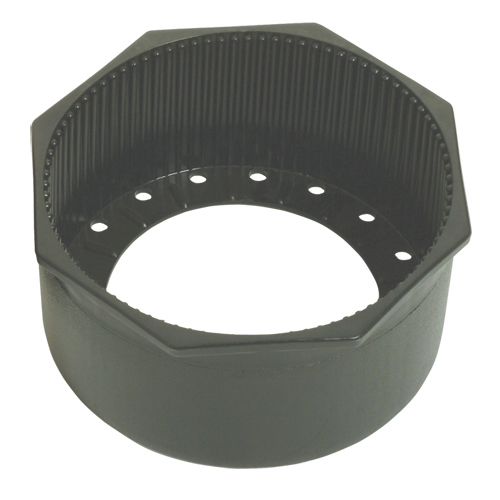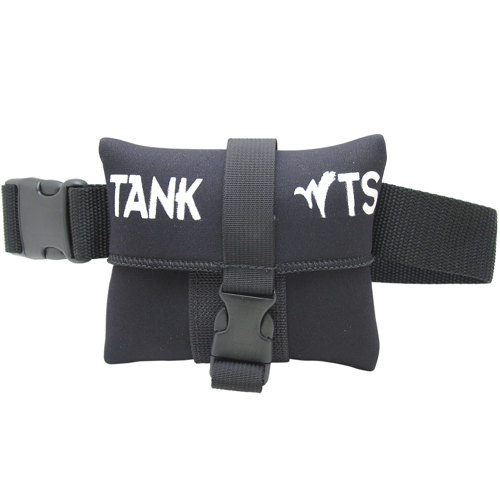Scuba cylinder stability is a foundational element of safe and enjoyable diving, impacting everything from your comfort underwater to the longevity of your equipment. Whether you’re gearing up for autumn’s cooler dives or planning a winter getaway, securing your tank properly and understanding the nuances of cylinder behavior can make all the difference. Divers often encounter a spectrum of cylinder types, with aluminum and steel being the most common. Each material has its own unique buoyancy characteristics, which become especially noticeable as the cylinder empties over the course of a dive. Aluminum cylinders, favored for their lighter weight on land, gradually become more positively buoyant as air is consumed. This shift can subtly alter your trim and require compensatory adjustments with added lead weight. In contrast, steel cylinders are heavier and retain a slightly negative buoyancy even when empty, offering a more consistent feel in the water and often requiring less additional weight. The choice between these cylinders often comes down to personal preference, dive conditions, and the type of diving you plan to do, but regardless of your selection, stability remains paramount.
The process of securing your cylinder is more than a simple step in dive preparation—it’s a ritual that seasoned divers approach with care. Picture prepping your gear on a brisk September morning, the surface of the water glassy and inviting, but a steady breeze hinting at choppier conditions below. In these moments, the importance of robust, reliable cylinder bands and attachment systems becomes clear. Strong, dual stainless steel bands provide a secure grip on your tank, minimizing unwanted movement and protecting both you and your cylinder from the hazards of a loose setup. Nylon straps, while lightweight and convenient, may not offer the same level of stability, especially in rougher seas or when carrying heavier steel cylinders. The proper positioning of attachment points—both top and bottom—can fine-tune your trim, helping you achieve that effortless, horizontal glide that experienced divers prize. This attention to detail is not only about performance; it’s about safety. A cylinder that shifts or swings mid-dive can throw off your balance, making navigation more challenging and increasing the risk of equipment damage or even injury. This is particularly important for instructors, dive professionals, and those introducing new divers to the sport, as stable gear fosters confidence and allows for greater focus on the underwater environment.
As the seasons change and water temperatures drop, divers often find themselves layering up with thicker wetsuits or drysuits, which can further influence buoyancy and trim. This makes the stability of your cylinder setup even more critical. Thoughtfully chosen accessories, such as anti-roll devices, tank boots, and protective caps, can add another layer of convenience and peace of mind, whether you’re staging gear on a rocky shore or loading up for a boat dive. These items also make practical, appreciated gifts for divers at any experience level, especially as the holidays approach and dive buddies look for thoughtful ways to support each other’s adventures. For those who travel frequently or dive in a variety of environments, investing in quality stability solutions is a smart way to protect your gear and streamline your setup, ensuring every dive begins with confidence. Regular maintenance and inspection are essential, too. Exposure to high heat, saltwater, and the rigors of transport can impact the integrity of your cylinder and its attachments. For detailed guidance on keeping your equipment in peak condition, including tips for hydrotesting and visual inspections, visit our
Scuba Cylinder Care page. By prioritizing cylinder stability and care, you set the stage for safer, more enjoyable dives—season after season.

